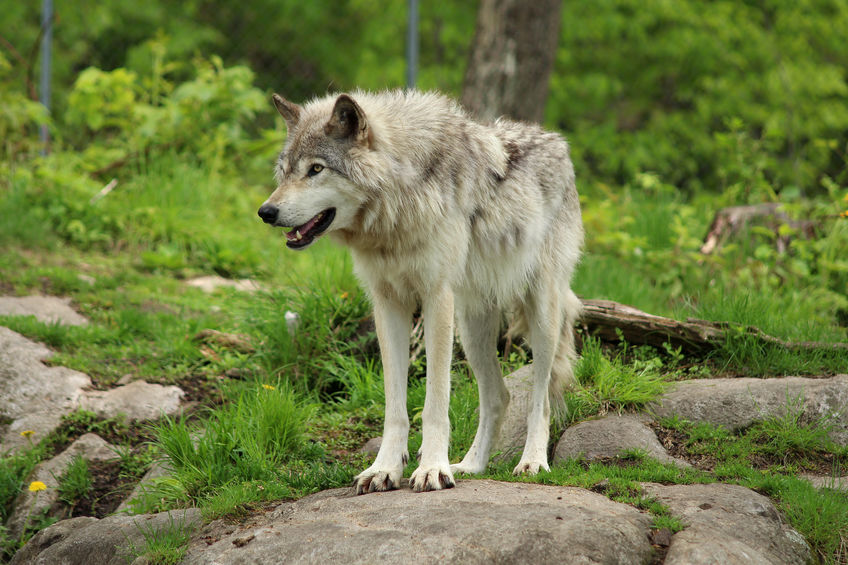The Gray Wolf is coming back to Colorado.
And it is creating quite the stir in the Centennial State, by both those in favor and those opposed to the effort.
Last week, Colorado voters narrowly approved Proposition 114, which orders the Colorado Parks and Wildlife Commission to create a plan to reintroduce the Gray Wolf to the state’s wildlife preserves west of its Continental Divide, and to manage the growth of said population, by 2023.
Much like the famed story of the American Bison, the Gray Wolf was nearly hunted to extinction by trappers and hunters moving and settling the West. They once roamed the Old West with impressive numbers, ranging from near the Canadian border all the way to the Southwest. However, they nearly became extinct, as hunters and trappers killed them for their beautiful furs.
Quite unlike the Bison, however, animal rights groups and environmental activists such as the Sierra Club are trying to use the State of Colorado to forcibly reunite the Gray Wolf populations in the Southwest with those in northern states such as Montana.
Colorado is seen as the final link and, now that the initiative has passed, may move forward, pending any legal action. Reintroduction efforts in places such as New Mexico and Arizona have largely been guided by the Endangered Species Act, according to a report conducted by the Colorado Sun.
However, not everyone in Colorado is howling with excitement over the new law.
Indeed, if the Colorado Secretary of State is to be believed, the measure is only expected to marginally pass. That is largely because of the property rights concerns found by farmers and hunters in Colorado’s conservative Western Slope.
The Stop-the-Wolf coalition and its allies argue that the population control methodologies will not be sufficient, and that livestock and property will be damaged by the wolves. Indeed, a nearly-identical ballot initiative was rejected in Colorado in 2016 over perceived threats to the state’s big-game population and livestock industry conflicts.
Only time will tell how this initiative will impact Colorado’s biodiversity and human livelihoods going forward.
